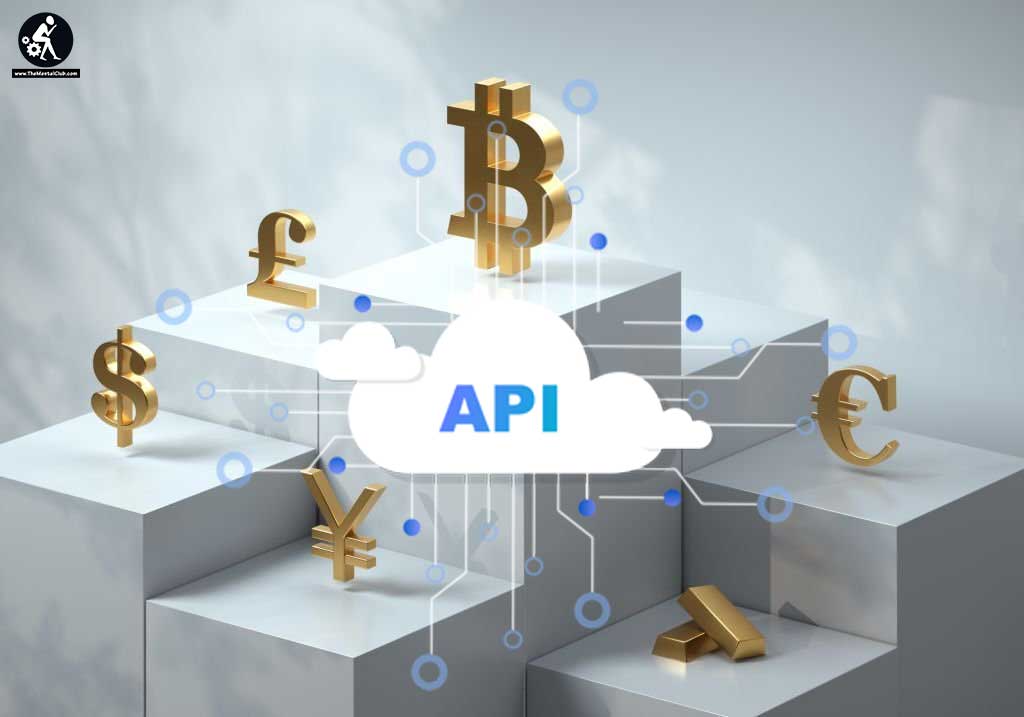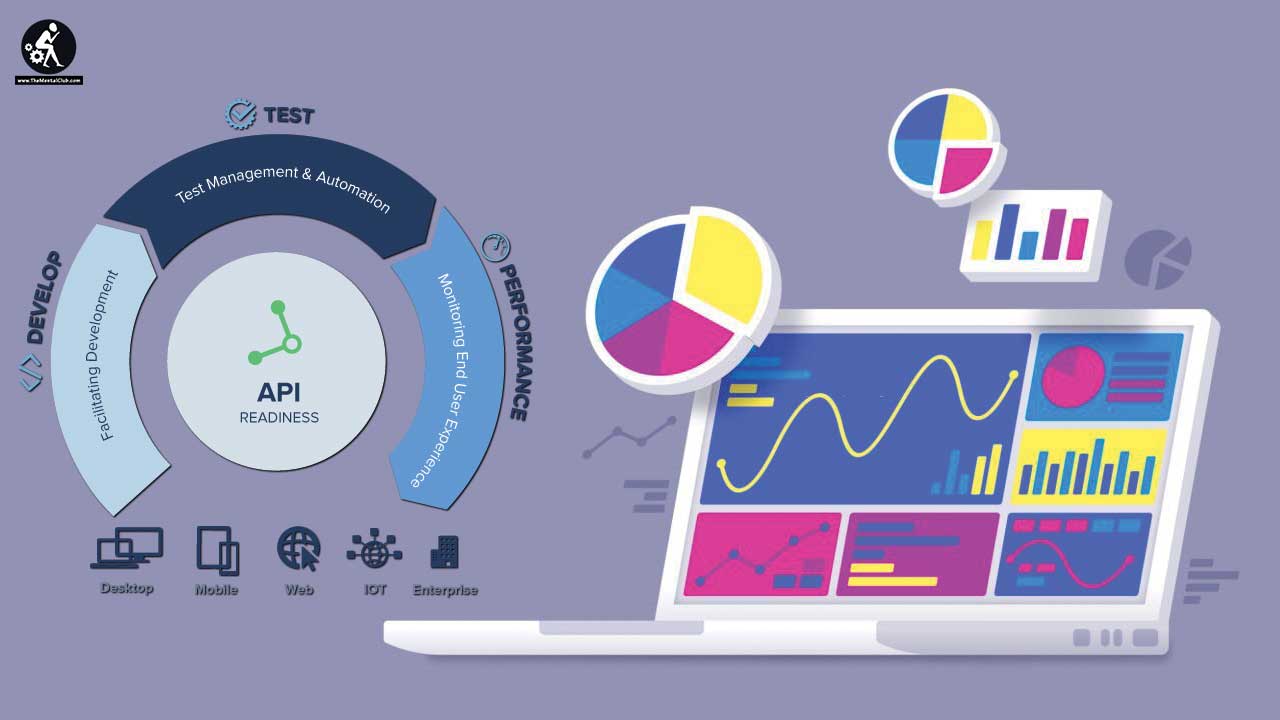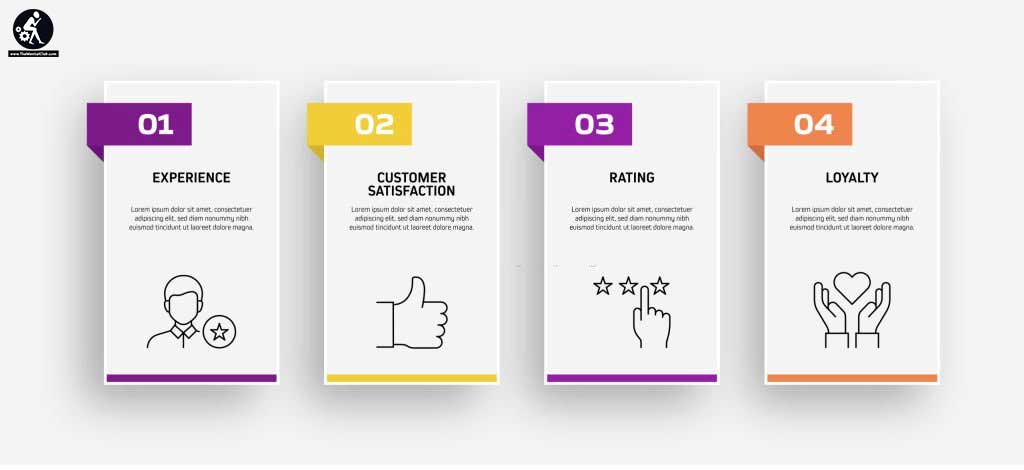When you’re tasked with integrating a new currency API into your company, there are many factors to consider. Whether you’re looking for a reliable provider or simply trying to decide which one out of the many available options is right for your business, it’s important to be well informed. To help you on this journey, we’ve compiled what we believe are the most important things to look for when deciding on a currency API:

Coverage
Coverage. The API should support the currencies you need to transact in, and it should support a wide range of countries. If your business requires access to more than one currency, then it’s important that your API provider supports all of them. Additionally, if there are specific features from other APIs that you’d like to integrate into yours, make sure that any potential providers offer those features or have an easy way for you to add them yourself (either through their platform or via a developer portal). If not, then this could be a deal breaker for you and your business.

Documentation
When it comes to documentation, you want to make sure that the information is easy to understand, easy to navigate and up-to-date. It should also be comprehensive so that you can get a good sense of what all the API has to offer. Finally, it’s good if there are examples or tutorials for some of the more complex features.
Sample Code
It’s important to look at the sample code that a currency API provider has provided. This will give you an idea of how easy it is to use, and whether or not it’s going to be able to do what you need as an end-user. You should also make sure that the example code is clean and well-documented, which will make things easier for you when it comes time for implementation.

Free Trial
A free trial is a good way to test out the currency API. You can use it to see if your application will work with the API, and how well it performs. The trial also gives you an opportunity to ensure that the currency data is compatible with your system’s database structure, which can save time and money down the road when integrating with other systems or simply using the new currency data on its own.
Live Support
Live support is a must, especially if you’re new to using APIs. Live support will allow you to get past the initial hurdles of setting up your API and onto actually using it. If you want to get started on this right away, then make sure the API offers live chat or email support.

Provide all the information that’s required when contacting live support so they can answer your question as quickly and efficiently as possible: What’s your name? What is your company name? What product are you interested in using our API for? This information ensures that they will be able to locate any relevant documentation they might need when answering your questions.
Once contact has been made with an account representative from the provider of API service, expect it to take anywhere from five minutes up until 24 hours before someone responds back with an answer or solution for whatever issue you’re having at hand.”
Customer Service

Customer service is an important aspect of any application, but it’s particularly relevant in the world of APIs. If you have a question about your API, who do you contact? How long does it take for someone to get back to you? The answer should be as fast as possible and ideally 24/7. You should also be able to tell how knowledgeable their customer service representatives are about using the API and how they might be able to help with your questions.
Pricing
Pricing. There are several ways to approach pricing with your API integration. You can look for an out-of-the-box solution that allows you to plug in your credit card and get started or a company that offers pre-negotiated pricing plans that are customized to the needs of your business.
You want to make sure that the plan is flexible, scalable and transparent so you always know what you’re paying, how much it’s going to cost over time and when it will change. Some APIs charge based on usage; others offer a flat monthly or annual fee (which may be preferable if you don’t anticipate high volumes), like fxapi.com.
Before you pick a currency API, make sure you are choosing the right one

To get the most out of your currency API, you should pick a good one. Here are some things to consider:
- What currencies does it support? Make sure the API covers all of the currencies that you need.
- Is there documentation available? The documentation should be detailed and easy to read so that it can help you use the API more efficiently. If there isn’t any documentation for your chosen currency API, then this could mean that it’s not suitable for your needs or that support is difficult to access if you run into problems using it (e.g., because there isn’t any contact number available).
- Is there a free trial available? A free trial allows potential users to test out an API without having to spend any money upfront—a great way of finding out if something works as expected before committing funds!
Conclusion: There are plenty of currency APIs out there, but it can be difficult to find the one that’s right for you. The best way to do this is by comparing their features and choosing an API that has everything you need in terms of coverage, documentation, sample code, free trial period and live support. Of course, customer service and pricing are important too but these factors have less impact on whether or not an API will work well with your project since they can always be changed later on if needed!






























